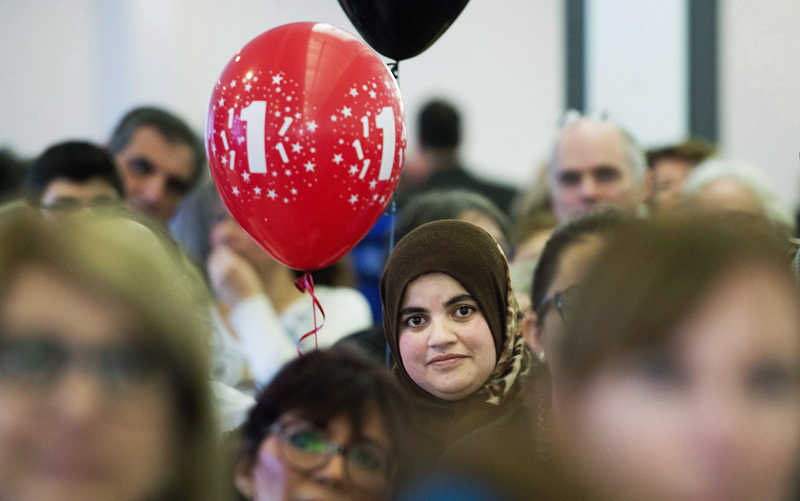Canada will be much more of a country of immigrants two decades from now than it is today, Statistics Canada predicts.

By the time Canada rolls out the 2036 census, the federal statistical agency says that the country will be shaped even more by many of the trends we’re seeing today:
READ: Canada could see rise in illegal immigration due to Trump’s crackdown: experts
- Over a third of the working-age population, potentially as high as 40 per cent, will be visible minorities
- The number of people practicing a non-Christian religion will have almost doubled (from 9 per cent now to 13-16 per cent). Specifically, numbers of Muslims, Hindus and Sikhs will rise.
- In a related trend, over half of the immigrant population will be from Asian countries. Immigration from Europe will halve, from about 30 per cent now to about 15 per cent.
- The immigrant population will continue to concentrate in the country’s biggest cities: Toronto, Montreal, Winnipeg, Calgary and Vancouver.
READ: More immigrants coming to Atlantic Canada, but retention rates low: report
WATCH: Tech companies say Canada’s immigration system is hampering efforts to recruit top international talent. As Shirlee Engel reports, the Immigration Minister is promising change, but he’s keeping the status quo for now.

Increased immigration will change Canada’s always-thorny language politics:
- Over a quarter of the population (26-30 per cent) will have a mother tongue other than English or French, up from 20 per cent now.
- The proportion of native-speaker Francophones will fall faster than Anglophones, to 17-18 per cent from 21 per cent now. The French mother tongue population will fall both in Quebec (from about 80 per cent to about 70 per cent) and in the rest of Canada (from 3.8 percent to about 2.8 per cent.)
- The first official language spoken will more often be English and less often French (English, 75 per cent to 78 per cent; French, 23 per cent to 21 per cent.).
- More Francophones in Quebec will be bilingual (39 per cent to 49 per cent), and proportionately, slightly fewer Canadians will be able to speak French at all.
The predictions hint at long-term pressures on bilingual programs, perhaps federally (though federal constitutional protections for English-French bilingualism aren’t likely to go anywhere) but also in provinces like Manitoba and Ontario, which put at least some resources into providing programs in French.
READ: Immigrant unemployment: The more education, the bigger the gap
WATCH: At its pre-session caucus in Saint-Jérôme, the Coalition Avenir Quebec said it wants to cut immigration to Quebec by 10,000 people a year. Global’s Raquel Fletcher reports.




Comments